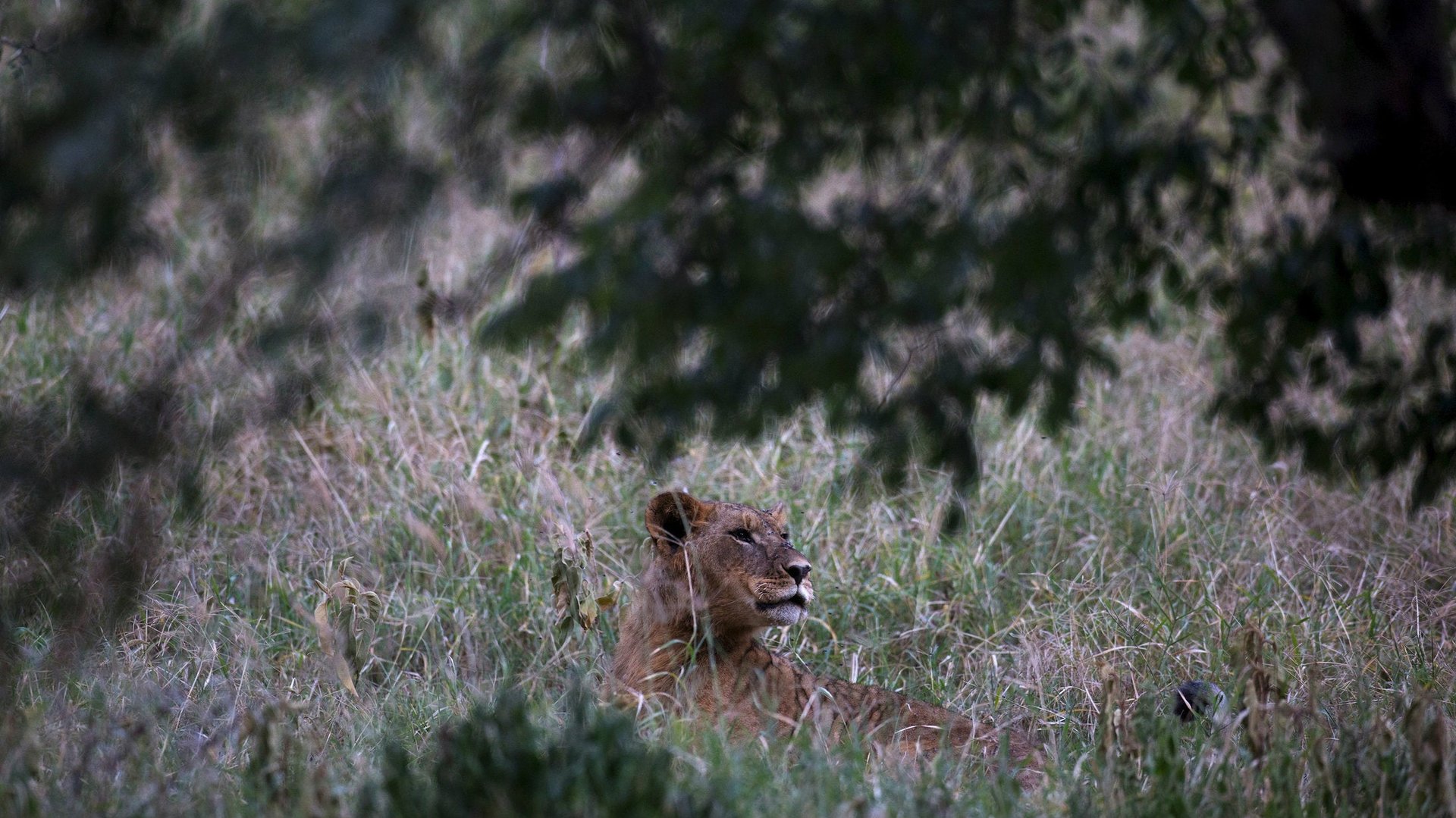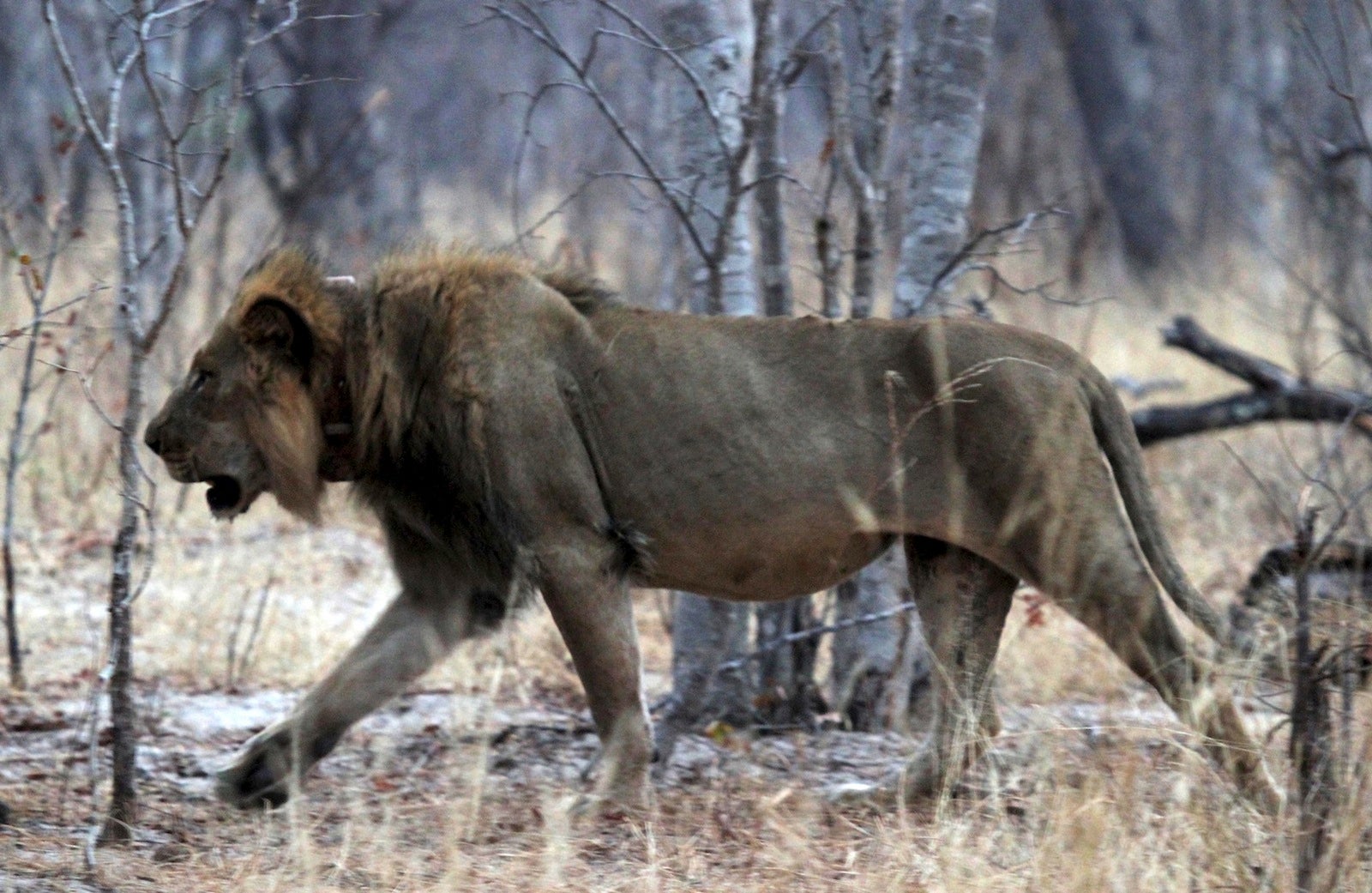African lions might go extinct sooner than we thought
There is nothing as awe-inspiring as watching the brutal power of a lion capturing its prey. At close range, their throaty roars thump through your body, raising a cold sweat triggered by the fear of what these animals are capable of doing now, and what they once did to our ancestors. They are the most majestic animals left on our planet, and yet we are currently faced with the very real possibility that they will be functionally extinct within our lifetime.


There is nothing as awe-inspiring as watching the brutal power of a lion capturing its prey. At close range, their throaty roars thump through your body, raising a cold sweat triggered by the fear of what these animals are capable of doing now, and what they once did to our ancestors. They are the most majestic animals left on our planet, and yet we are currently faced with the very real possibility that they will be functionally extinct within our lifetime.
In fact, lion populations throughout much of Africa are heading towards extinction more rapidly than previously thought, according to new research by Oxford biologist Hans Bauer and colleagues, published in PNAS. The team looked at 47 sites with credible and repeated lion surveys since 1990, and found they were declining everywhere in Africa aside from four countries: Botswana, Namibia, South Africa and Zimbabwe.
West and Central African lion populations have a 67% chance of halving in size in just two decades, and East African populations a 37% chance. Almost all large lion populations that once exceeded 500 individuals outside of southern Africa are declining. These declines in Africa’s apex predator occur at the same time that the continent’s mega-herbivores are also plummeting.
Fences save animals
Governance problems are less severe in the southern regions. These countries have also recognized the sad reality that large dangerous wildlife often come off second best when interacting with people. Consequently, these countries often fence their conservation areas. Where lions are free to wander in and out of East Africa’s flagship reserves like the Serengeti or the Masai Mara, their cousins in South Africa’s Kruger National Park are fenced in.
This is a sad acknowledgement that our existing conservation actions aimed at living alongside wildlife are failing, but a robust analysis conducted recently points to the value of fences. Though they fragment habitats, potentially lead to genetic isolation and require costly upkeep (some say too costly) smaller, fenced reserves may be lions’ best hope. It takes a lot of hard work to maintain the fences and keep the animals in – and poachers out.

Africa without its top predator
Bauer and colleagues caution that lions “may no longer be a flagship species of the once vast natural ecosystems” across much of Africa. Research I’ve carried out with colleagues just published in the same journal reinforces the devastating implications this will have on their wider ecosystems.
We predicted what the mega-predators of the Pleistocene (2.5m to 11,700 years ago) would have killed. These predators, including sabre-toothed cats, cave lions, dire wolves and Homotherium (scimitar-toothed cats), were substantially larger than their modern day equivalents and were faced with a lot more competition from rival carnivores.
The largest of these would have regularly killed prey up to the size of juvenile mammoths and mastodons. This is likely to have meant some degree of top-down limitation on numbers of mammoths, giant sloths and other mega-herbivores, protecting the landscape and keeping ecosystems balanced. When the mega-predators died off – over the past 10,000-40,000 years or so – this control was lost. And this same lack of top-down limitation of herbivores by predators is likely to happen again as today’s lion populations are lost.
We can get a sense of these changes from the fact lion pride sizes are getting smaller. Lion pride sizes averaged about 24 between 1885 and 1950, and have declined dramatically to about nine since then. Human hunting seems likely to be the driver of this decline where larger prides were easier to detect and therefore hunt, which led to artificial selection against large prides.
Given cooperation between lots of lions is needed to successfully hunt an elephant, smaller prides mean smaller prey. These days only a few sites with unusually large prides have lions that actively hunt the biggest species, including elephants.
Such a change in impacts of apex predators is likely to lead to fundamental changes in the ecosystems in which they live. There will be less control of herbivore numbers, so overpopulation may become an issue. Indeed controlling overabundant herbivores such as kudu antelopes has been the primary driver behind reintroducing large predators in Africa.
With dense bushes near rivers and other obvious ambush spots no longer being so risky, vegetation will change. Those bushes will be eaten away. This may benefit some species at the expense of others and will have cascading effects throughout the ecosystem.
As they sit at the top of Africa’s food chain, declining lion numbers highlight a wider conservation crisis. Learning more about lions and funding on-ground action to protect them, coupled with improved and open governance of states in which they live, could help to avert this crisis.
This article was originally published on The Conversation. Read the original article.